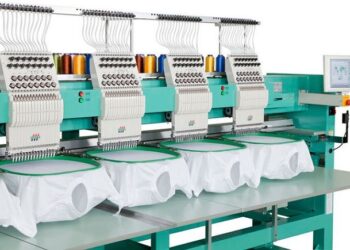Almost indispensable material at any construction site is career sand, which is used mainly as a filler in cement and concrete solutions, to prepare and level out of various sites for a concrete screed.
It should be said that the specifics of the use of a particular type of career sand, except for its qualities, largely depends on its cost: so, the price ranges from 850-580 rubles per 1 m3 to unprocessed career sand, depending on the total purchase-than than more volume, the lower the price.
What is career sand, how it is extracted and prepared for use?
In its composition, career sand is an inorganic mixture of various particles of minerals, which for many thousands of years has been formed against the background of natural destruction of rocks. Typically, sand in different proportions includes mica, field spat and quartz. The granularity of the sand determines its functional purpose, the size of individual particles (grains) is in the range of 0.12-5 mm. The size of the grains is called the size module, according to this module (1.5-2 mm), career sand is considered fine-grained sand.
Basically, with slight exceptions, the sand is extracted in an open way in sand-gravel quarries or foundations using special equipment-excavators, bulldozers, loaders. Open way inexpensive and today the most relevant. Often, near the place of production, they organize sand processing production to give it certain properties and level of purity.
There are three types of career sand, which we will arrange according to the degree of processing and, accordingly, the final cost:
1) unprocessed career sand – differs in the diverse of grains, the presence of third -party clay and other impurities, is mainly used to prepare sites for a concrete screed, decorating the territory, etc.P.
2) seeded sand – already processed, using sifting to get rid of excess particles, sand. Such sand can already be used to prepare cement solutions, laying foundations.
3) alluvial sand – small, clean, high -quality, with polished grains of the same size. During the processing of seeded sand, all unnecessary impurities are literally washed off by hydraulic technology. Sand of this quality is used to create building materials and concrete structures.
The preference for thin finishing work is given to the highest quality and most expensive quartz sand. Small river sand is also used in the preparation of finishing solutions.









